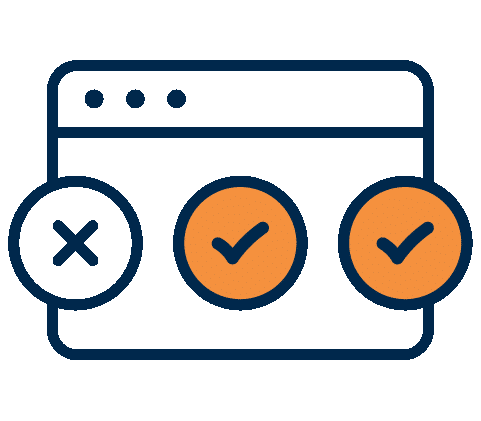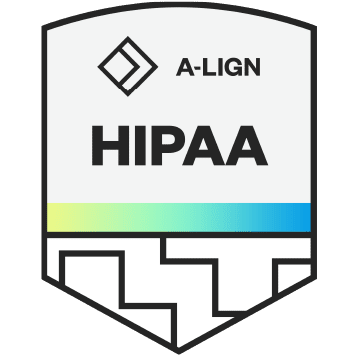>OIG Semiannual Report to Congress Includes Largest Health Care Fraud Case in History
A one-stop portal that screens & auto-resolves potential matches on the spot.
Harness the power of our resolution team of experts & guarantee exclusion compliance effortlessly.
Harness the power of Streamline Verify to access the real-time status of all your providers.
EXPLORE THE FUTURE OF COMPLIANCE

OIG Exclusions Screening Process
Quick OIG Exclusion Basics
Consequences to Employing an Excluded Individual
Laws and Publications on OIG Compliance
Average workload reduction by implementing the Streamline Verify program
Establishments trust Streamline Verify nationwide
Serving the healthcare industry’s unique compliance needs since 2011
Setting standards with hourly synchronization to primary source data

